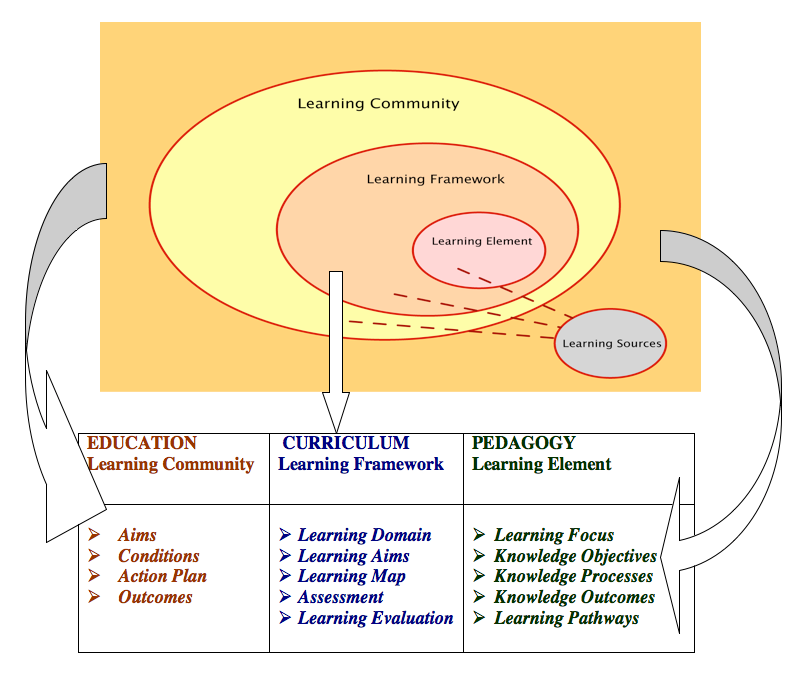Learning is about transformation, and transformation is the basis of enhanced learner performance. Effective learning takes the learner on a journey into new and unfamiliar terrains. However, for learning to occur the journey into the unfamiliar needs to start from a zone of intelligibility and safety.
At each step, it needs to travel just the right distance from the learner’s lifeworld starting point. In a world of profound and subtle diversity, our challenge is to engage with the identities of learners as we encounter them in the classroom.
Teaching and learning choices (pedagogy) need to be made explicit, pathways planned, and performance clearly tracked.
The Learning by Design project is premised on the notion that children have diverse learning needs and ways of knowing and that these are in many respects vastly different from their parents and grandparents. In an era of ubiquitous information and communications technologies there is a need for children to make sense of a multiplicity of communication channels, media types and technologies. There is also a need to immerse them in multimodal meaning-making environments, involving oral, written, visual, audio, gestural, spatial and tactile modes.
The project suggests that learning designs to meet these objectives should be documented at three levels:

- Pedagogy – the way that learning activities are selected and designed and experienced in any learning encounter. This is at the heart of learning and has the greatest impact on the performance and outcomes of the learner. We call this level of documentation the ‘Learning Module’ (formerly called the ‘Learning Element’)—the microdesigns of learning that are reflected in the sequence of learning activities or ‘Knowledge Processes’.
- Curriculum – documenting subject choices and disciplinary content over a course of study or program. These decisions are important for social, economic and political reasons and change in focus from time to time. We call this the ‘Learning Framework’ level.
- Education – where we articulate the goals and expectations of range of stakeholders, for example, learner, teacher, school, community district, government and so on. We call this the ‘Learning Community’ level of documentation.
